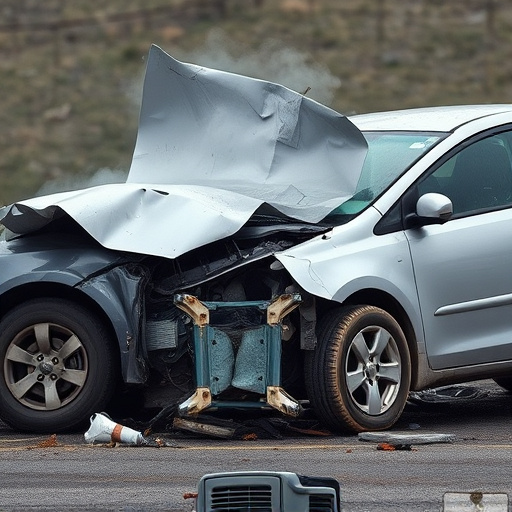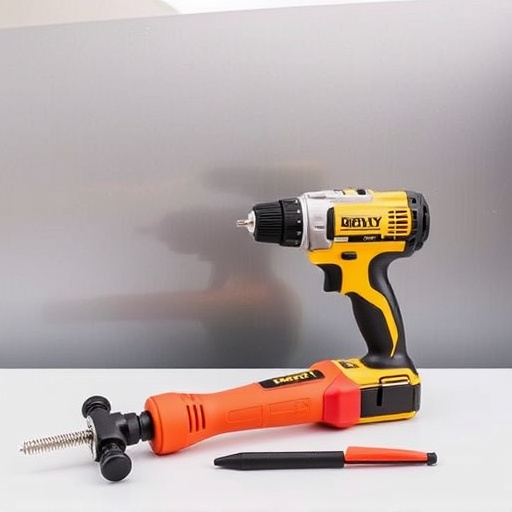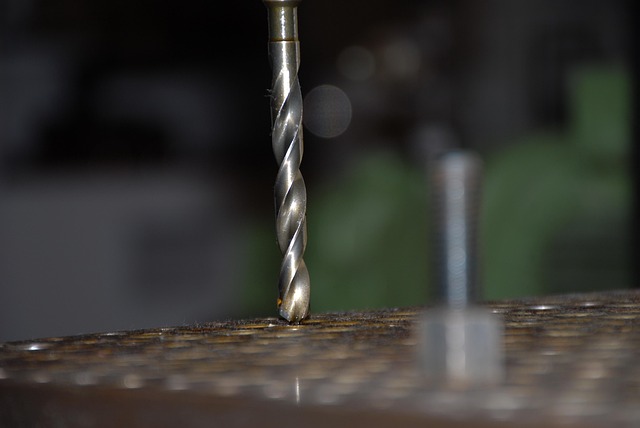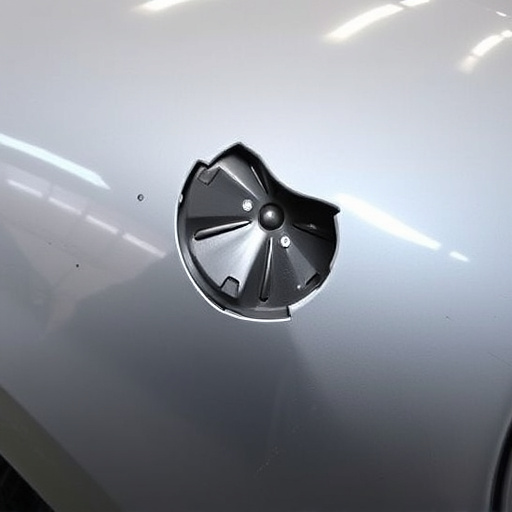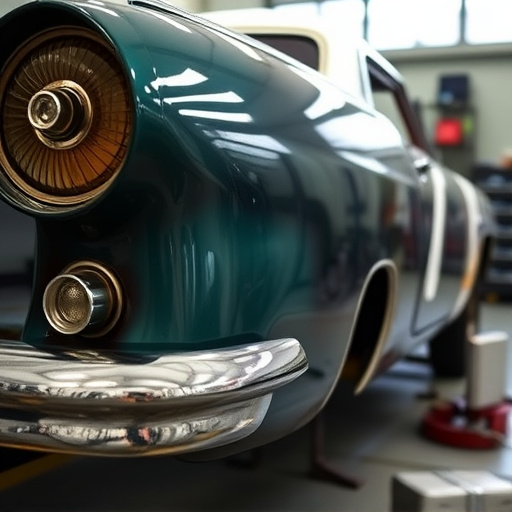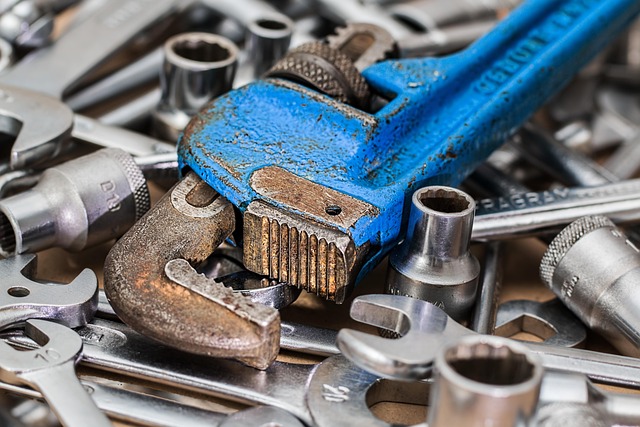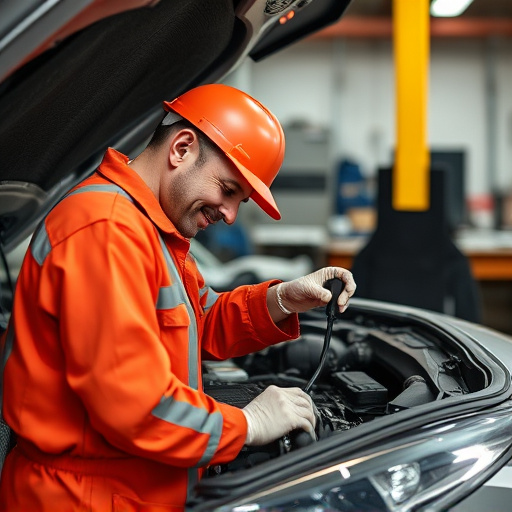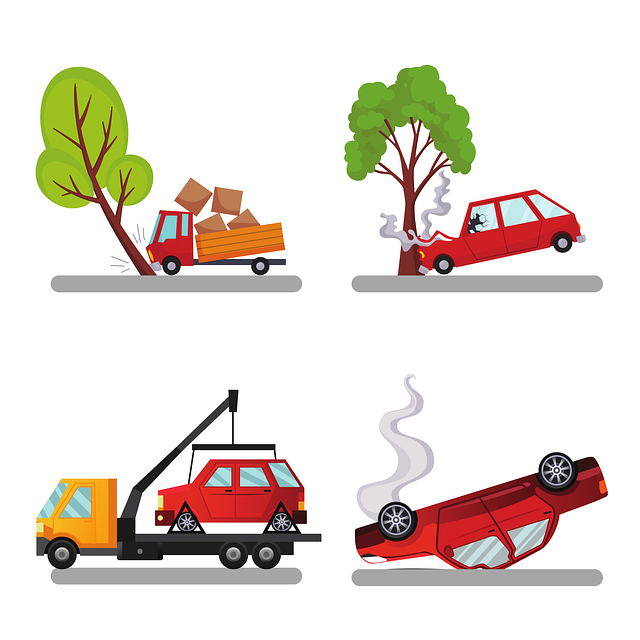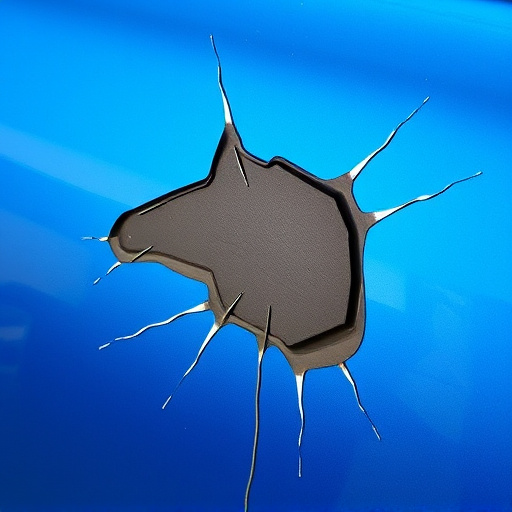In auto body repair, auto body repair pricing includes environmental fees covering proper disposal and recycling of hazardous materials like lead from batteries and mercury from switches, reflecting industry commitment to sustainability. This pricing structure balances direct costs (labor, materials) with indirect expenses related to eco-friendly practices, such as using sustainable materials and energy sources. Workshops implement these measures to maintain competitiveness while meeting consumer demand for both high-quality services and environmental responsibility.
In today’s eco-conscious world, understanding auto body repair pricing that incorporates environmental fees is paramount. This article delves into the intricate relationship between automotive restoration and sustainability, offering insights into the components driving repair costs. We explore how workshops navigate the balance between delivering high-quality services and adopting environmentally friendly practices, ultimately shaping consumer choices through transparent pricing models. By understanding these factors, car owners can make informed decisions while contributing to a greener future.
- Understanding Environmental Fees in Auto Body Repair
- Components of Auto Body Repair Pricing
- Balancing Quality and Sustainability: How Workshops Set Rates
Understanding Environmental Fees in Auto Body Repair

In the realm of auto body repair, environmental fees play a significant role in the overall pricing structure. These fees are designed to offset the cost of proper disposal and recycling of hazardous materials commonly found in vehicles, such as lead from batteries, mercury from switches, and certain types of fluids that can harm the environment if not handled correctly. Understanding these charges is crucial for customers looking into auto body work or car restoration services.
When comparing auto body repair pricing, it’s essential to consider the hidden environmental costs embedded in various body shop services. These fees ensure that auto body shops meet regulatory standards and contribute to sustainable practices. By incorporating these charges, customers can make informed decisions, knowing their payment includes responsible management of materials that were once part of their vehicle but could pose risks if improperly disposed of.
Components of Auto Body Repair Pricing
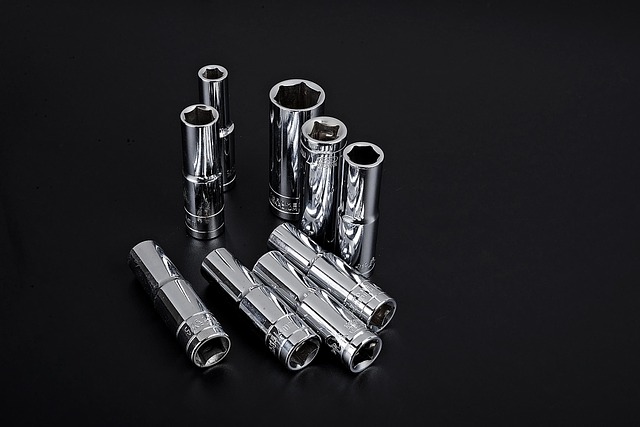
When it comes to understanding auto body repair pricing, it’s important to recognize that several factors contribute to the final cost. Beyond labor and materials, environmental fees are now a significant component, reflecting the industry’s commitment to sustainability and eco-friendly practices. These fees cover the proper disposal of hazardous waste generated during repairs, such as paint thinner and old car batteries, ensuring compliance with environmental regulations.
Auto body repair pricing also encompasses various services, including auto glass repair, car paint services, and a range of structural repairs. Each vehicle is unique, necessitating tailored assessments and estimates. Reputable repair shops break down pricing transparently, allowing customers to make informed decisions. By considering both the direct costs of materials and labor and the indirect expenses related to environmental sustainability, consumers can better appreciate the comprehensive nature of auto body repair services.
Balancing Quality and Sustainability: How Workshops Set Rates
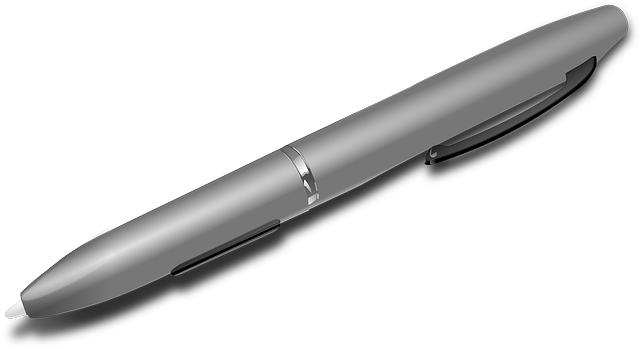
In the auto body repair industry, balancing quality work with sustainability is a delicate act that directly impacts pricing. Workshops must consider the environmental impact of their operations while ensuring they deliver top-tier services to maintain customer satisfaction and stay competitive in the market. This dual focus influences how they set rates for various services, including car dent repair and more complex vehicle body shop tasks.
Workshops often incorporate sustainable practices, such as using eco-friendly materials and efficient energy sources, which may contribute to higher operational costs. These expenses are then factored into the auto body repair pricing to ensure the business remains viable. Customers who prioritize both quality and environmental responsibility will find value in these rates, understanding that their vehicles are being restored with a keen eye on sustainability without sacrificing quality.
In the realm of auto body repair, balancing quality workmanship with environmental sustainability is a delicate dance. Workshops must consider not only the physical components required for a job but also the eco-friendly practices and materials that contribute to a greener future. By understanding both the traditional and emerging fees within auto body repair pricing, consumers can make informed decisions while ensuring their vehicles are restored to optimal condition without compromising the environment. This holistic approach to auto body repair pricing is a testament to the industry’s commitment to a sustainable symphony of quality and conservation.
